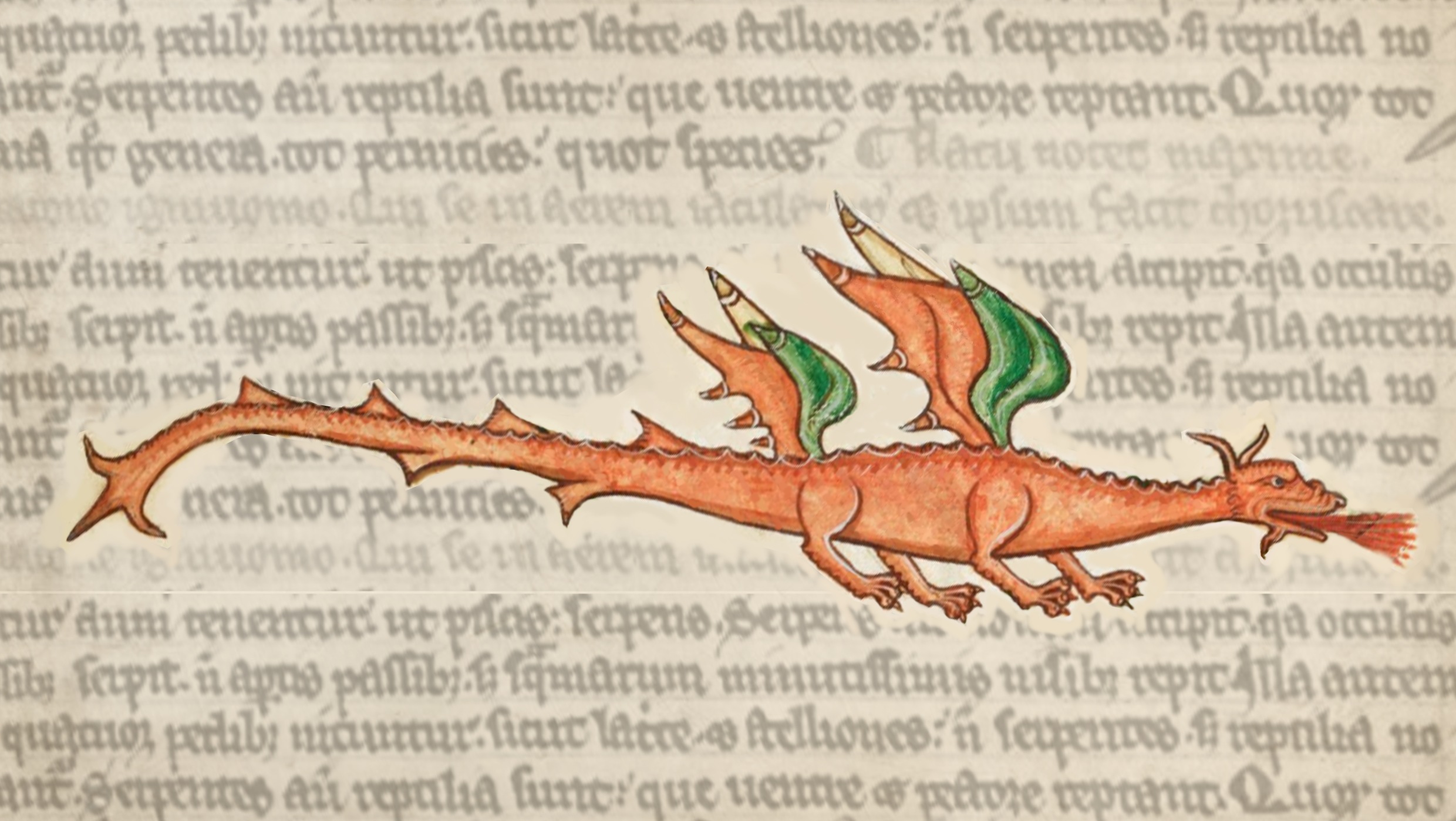It’s the year of the dragon as per the Chinese calendar and I find myself thinking about dragons in mythology. Having each year assigned to a specific animal that might be similar to the Western zodiac is a unique way that the Chinese calendar is organised.
As much as I love epic-sounding names like the Year of the Tiger or the Year of the Dragon, being born in the year of the horse makes it sound less epic.
That is not to say that horses are not majestic in their own right, but do they compare to dragons?
No, they do not.
So, here is an exploration of dragons from different cultures.
Where did the idea of dragons come from?
I would love for dragons to actually exist but that does not appear to be a fact, unfortunately. Even so, there is quite a range of variations on serpentine mythological creatures from all around the globe.
Trying to find the source of where dragons came from is a difficult task and often only results in theories.
Did dinosaurs inspire dragons?
We can easily imagine how ancient people might have been dumbfounded at the sight of huge fossils. With no technology to properly study them, these fossils could have easily been chalked up to stories and legends.
Long since killed monsters that have found their end at the hands of a hero, or something of the nature.
It’s not hard to point to specific areas in China where fossils of dragons are abundant and assume that this is the origin of Chinese dragon lore.
But this does not explain the serpent creatures in Norse lore, in the Scandinavian landscape that is not littered with dino fossils.
Human imagination
People are very social and telling stories is a very old form of socialisation. It’s thus not hard to imagine how different people met and told stories from which legends were made.
Dragons make a good story device and as such their popularity is understandable.
Legends of dragons or serpent-like creatures
Many legends contain dragons but don’t specifically mention the word “dragon” and instead describe serpent creatures. For the purpose of following “the dragon” we will include these serpent creatures as well.
Tiamat
As far back as antiquity we can point to Tiamat and say, there’s a dragon. It is partly true, but Tiamat was first and foremost the goddess of the sea. References to her anthropomorphic form between a human and a serpent of the sea is what is usually highlighted as being a dragon.
Tiamat is a very old entity, since antiquity no less. As such there aren’t as many texts that we can browse through to reach a definitive conclusion as to the “dragon” appearance.
It could have very well been an inspiration through the millennia for the dragon we know today. I would wager it’s not as simple as that, but Tiamat deserved a mention here.
And as a typical dragon story, she is vanquished.
Beowulf and Saint George
The valiant hero who fights dragons is a staple image of these mythological creatures. One famous story depicting just that is seen in a very old text: Beowulf. We might see it as the quintessential source for the mythology of dragons as we know them today; at least in the West.
It’s fascinating to see how this story has survived for so long. It survived enough to reach the ears of Christians and we all know what Christianity does with local lore. It turned into the story of Saint George defeating the dragon.
Credit where credit is due, Christianity knew what viral stories caught on with the public and managed to use so many to ingratiate themselves with the “pagans”.
Basilisks and dragons
This one is one of the weirder examples because there are depictions of them in bestiaries, and it looks more like a bird. The snake tail is the only scaly dragon-related aspect of basilisks, and perhaps the death stare that presumably could kill anyone caught in it.
It’s an odd creature to include along with dragons but it deserves a mention at least for the magic aspect it displays.
The Hydra
Hercules, another mighty warrior fighting off a giant scale-ridden beast, but with many heads, that can replace them once cut? We do seem to like heroes battling dragons so much that not even Greek mythology has escaped this trend. This is especially funny when we think about how Greek culture is often touted for its originality in absolutely everything.
But yes, the Hydra myth with Hercules as its hero does chime a very familiar tune with Tiamat’s defeat. We have to acknowledge, the Hydra is not a typical dragon, and its unusual features of growing more heads is a headache for our hero.
But I still see a dragon fighter story at its core.
Here there be dragons
Dragons are quite a fascination for many people in many cultures, and as such they are changed and adapted. Or rather we have moulded dragons to better suit local mythology and lore.
Descriptions are not always the same and many dragons or dragon-like creatures do get lost in translations. Hydra, Questvzavoatl, Balaur, Wyvern, and many more unusual names depict draconic creatures, and sometimes we might have to look closer to see where there be dragons.



Leave a Comment